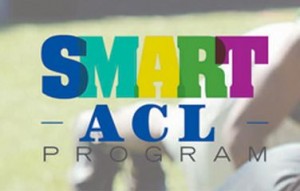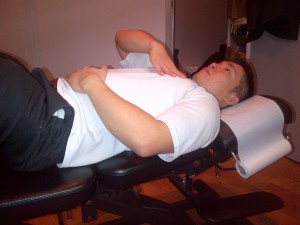Spring Season Footwear Tips
As we anticipate the warmer weather, everyone is eager to bring out their spring/summer footwear and ready to set aside the bulky footwear that they have been wearing for all those winter months.
Flip flops are usually the most popular and convenient choice for footwear, however, they can increase your risk of developing foot problems. They lack the proper support to the arches of your feet. There is also a lack of stability to the back of your foot as the flip flop has no ability to hold your foot in a stable position. Blisters and calluses can form in certain areas of your feet due to the constant friction. Your toes are exposed, making you more prone to injury.
Ballerina flats are also a popular trend but unfortunately they do not provide the adequate support your feet needs. They may feel light on the feet and are easy to wear but it may be better to consider wearing footwear that would provide more stability, cushion and support to the feet. You can increase your risk of foot pain at the heels and balls of the feet.
Flip flops and ballerina flats can be worn for short distances, but should not be worn on a regular basis. Be sure to switch up your footwear from time to time, as you can develop fungal infections!
For more information, regarding your foot health and whether you are wearing the proper footwear, feel free to contact Jennifer Lam, the Chiropodist at the Form and Function Clinic.


